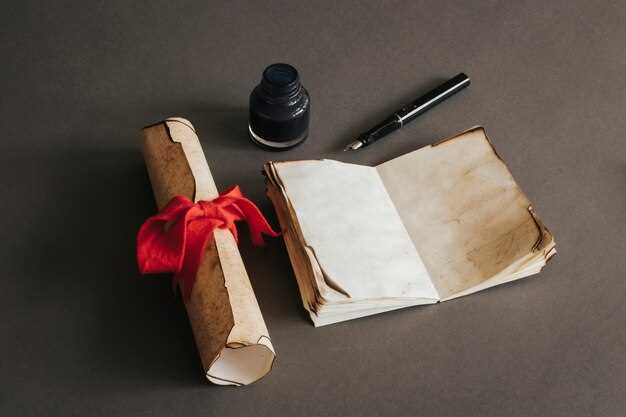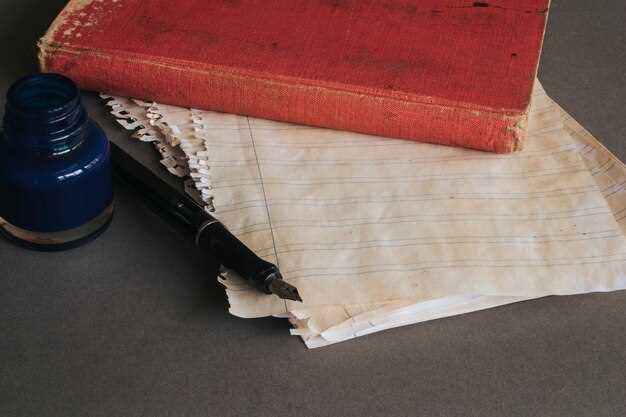Legal Considerations When Restoring Classics

The restoration of classic cars is a fulfilling endeavor, allowing enthusiasts to breathe new life into vehicles that may have been neglected or fallen into disrepair. However, this passion project comes with various legal considerations that must be navigated carefully to ensure compliance with applicable laws and regulations. Understanding these legal aspects is crucial for anyone embarking on a restoration journey, as they can significantly impact the success and enjoyment of the project.
A primary legal concern in classic car restoration is the ownership and title status of the vehicle. Proper documentation is essential, and buyers should verify that the title is free of liens and is legally transferable. Additionally, restored cars may require adherence to local regulations regarding emissions, safety inspections, and registration. Each jurisdiction possesses its own set of rules, thus necessitating thorough research before commencing any restoration work.
Moreover, the sourcing of parts and materials can present further legal challenges. It is vital for restorers to ensure that any components used in the restoration process meet the legal standards for safety and environmental compliance. This includes understanding intellectual property laws related to reproduction parts and the implications of using non-original components. Failure to adhere to these regulations could result in liability issues or penalties, underscoring the need for an in-depth understanding of the legal landscape surrounding classic car restoration.
Understanding Ownership Rights and Title Transfer for Classic Cars

When engaging in classic car restoration projects, it is crucial to understand the ownership rights and title transfer process associated with these vehicles. Classic cars often come with their unique set of legal issues that can impact both the restoration process and the final value of the vehicle. Proper management of title transfer is essential to ensure that ownership is clear and legally recognized.
The first step in understanding ownership rights is to verify the title of the classic car. The title serves as proof of ownership and contains vital information regarding the vehicle, such as its history, previous ownership, and any existing liens. Without a clear title, the restoration project may face legal complications, including disputes over ownership or potential claims from previous owners.
Title transfer must be executed according to the laws of the state where the vehicle is registered. This typically involves completing the appropriate paperwork, which may include a bill of sale and an application for a new title. It is critical to ensure that all relevant information is accurately documented to avoid future legal issues. Failure to complete the transfer correctly can lead to challenges in asserting ownership, which can complicate both restoration efforts and eventual resale.
Moreover, when restoring a classic car, it is important to consider any regulations or restrictions linked to the vehicle’s age and modifications. Some states have specific laws governing the titling of vintage vehicles, which may vary significantly. Understanding these laws will help ensure compliance and protect the investment made in restoration.
In cases where a classic car is purchased without a clear title, potential buyers should exercise caution. Issues such as stolen vehicles or unreported accidents may arise, which can result in prolonged legal disputes. To mitigate these risks, buyers are advised to conduct thorough research, including background checks and verification of the car’s history through resources like the Vehicle Identification Number (VIN).
In conclusion, navigating the issues of ownership rights and title transfer is a pivotal aspect of classic car restoration projects. By ensuring clarity in ownership and adhering to legal requirements, restorers can safeguard their investments and enjoy the process with greater peace of mind.
Navigating Environmental Regulations During the Restoration Process

Restoring classic cars involves a range of legal considerations, particularly concerning environmental regulations. These issues can arise due to the materials used, the waste generated, and the methods employed in the restoration process. Understanding and complying with local, state, and federal environmental laws is crucial for any restoration project.
One of the primary concerns during the restoration of classic cars is the handling of hazardous materials. Many older vehicles contain substances such as lead, asbestos, and certain paints that may release volatile organic compounds (VOCs). Proper disposal of these materials is not only a regulatory requirement but also essential for protecting the environment and public health.
Additionally, restoration projects often involve the use of chemicals for cleaning, painting, and rust treatment. These substances can contribute to pollution if not managed correctly. Restoration enthusiasts should familiarize themselves with the Environmental Protection Agency (EPA) guidelines and local regulations regarding the use and disposal of these chemicals.
Another aspect to consider is the waste generated during the restoration process. This includes not only hazardous waste but also general debris that must be disposed of according to local laws. Proper waste management plans should be established to ensure compliance and minimize environmental impact.
Moreover, certain restoration techniques may require permits, especially when they involve significant alterations to a vehicle or its emissions system. In some cases, modifications must be approved to ensure they meet current environmental standards. Failing to secure the necessary permits can lead to legal repercussions and fines.
Ultimately, navigating these environmental regulations requires diligence and proactive planning. Consulting with professionals who specialize in environmental law and restoration projects can provide valuable guidance. By addressing these issues early in the restoration process, enthusiasts can ensure a smoother project while protecting both the vehicle and the environment.
Compliance with Safety Standards and Insurance Requirements for Restored Vehicles
Restoring classic cars involves more than just aesthetic enhancements; it requires adherence to legal regulations, particularly concerning safety standards and insurance requirements. Ensuring compliance with safety standards is critical in protecting both the owner and other road users. Classic vehicles must meet specific requirements set by transportation authorities, which are often updated to reflect modern safety concerns.
Safety standards typically outline the necessary equipment such as seat belts, braking systems, and lighting fixtures that a restored vehicle must possess. Failing to meet these standards can lead to legal issues, including fines, penalties, and potential liability in case of accidents. It’s essential for restorers to be aware of these guidelines to avoid complications during the vehicle’s registration process.
Moreover, insurance requirements also play a significant role in the restoration project. Classic cars often fall under specialty insurance, which may differ from standard auto policies. Insurers typically require documentation proving that the vehicle complies with safety standards and has been restored to a certain originality. This legal requirement protects the owner’s investment and ensures that the vehicle is insured correctly in case of damage or theft.
Restorers should keep detailed records of all work done on the vehicle, including modifications made to meet safety regulations. This documentation can be crucial if disputes arise regarding the vehicle’s value, integrity, or insurance claims. Additionally, being proactive about compliance can significantly enhance the marketability of a restored classic car, as potential buyers often prefer vehicles that meet safety standards and carry appropriate insurance.
In conclusion, navigating the legal landscape involving safety standards and insurance is vital for anyone engaging in classic car restoration. By adhering to these regulations, restorers can avoid significant legal issues while ensuring the safety and longevity of the vehicle.



